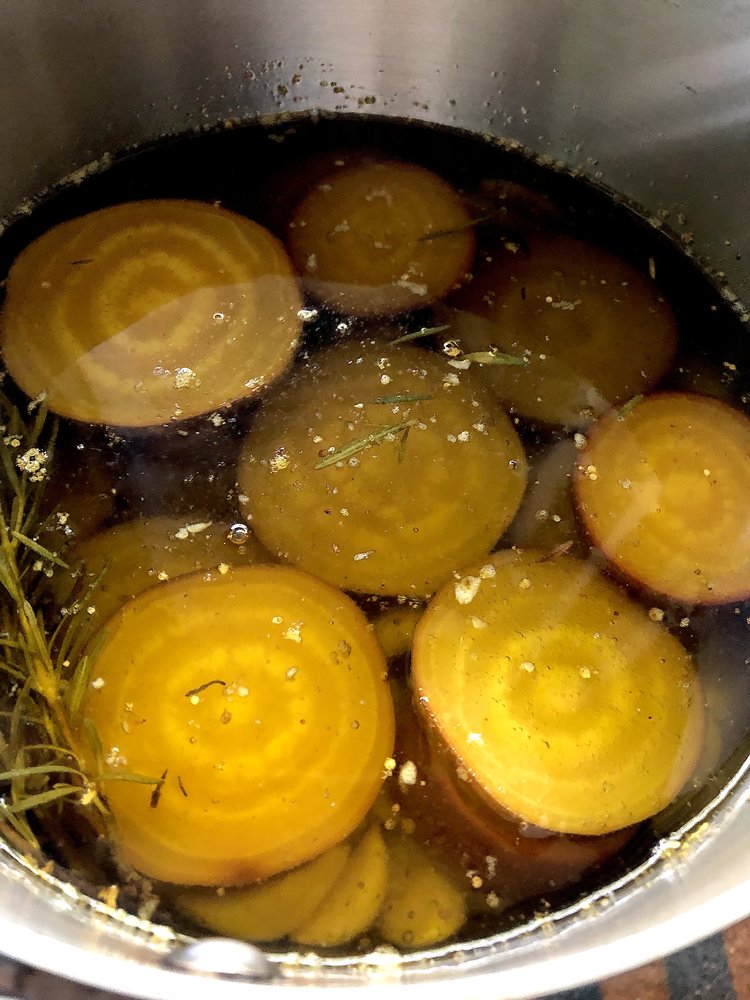Many of us are in lockdown–or under stay-at-home orders. Same here, but I still have my Kindle and internet access. So I gave in to my weakness for cookbooks–as usual (especially with the lower prices for e-books).
Long a fan of Christopher Kimball through Cook’s magazine, Cook’s Illustrated, Cook’s Country, and America’s Test Kitchen, I’ve followed to Milk Street. I’ve always been successful with recipes from those sources (although sometimes finding things a little under-seasoned for my tastes).
I’m also a lover of my Instant Pot, although I’ve yet to use the slow cooker function on it. Always on the lookout for recipes (at least for inspiration if not the religious following of them), I was happy to discover this book on my “recommended” list. Awesome to see both the pressure function and the slow cooker function covered in one book. (Maybe I’ll get around to trying the slow cooker function sometime–someday.)
What better thing to do when you’re forced to stay at home than cook something. My first venture was determined by foraging in the refrigerator and the freezer, so it’s not exactly like the recipe, but enough to get a feel for the book, and to have a queue of bookmarked recipes to follow for my vicarious travels.
The “Spicy Collard Greens with Tomatoes and Peanuts” (a version of muriwo unedovi) was up for trial with the caveat that I was not going to the grocery store and that I was definitely in need of some green stuff. The freezer yielded frozen collard greens, and there were canned tomatoes in the pantry. The recipe called for chunky peanut butter, but my pantry gave up only a jar of creamy–so I had to do without the crunch. Whole habanero chilies also weren’t lurking in the fridge, so I had to sub in a serrano chile pepper lurking in the crisper. Overall very favorable result for not making a grocery run. Since I’m cooking only for me, I did halve the recipe and everything worked well–not too much in my category of “leftovers”.
In the queue for trying whilst I’m hiding at home is the German-inspired “Braised Red Cabbage with Apples” (one apple lurking in the fridge along with the cabbage), and the “Lentils and Bulgur with Caramelized Onions” which is a riff on my beloved mujaddara (only with bulgur instead of rice).






 that I eat them–all winter, and even in the summer; no remuneration or other consideration–they just taste good, they are good for me, and make great snacks while working. And did I say that they taste good–every variety that I’ve tried. So I’m using the brand name because I’ve not found any other ones comparable. Grape tomatoes are readily available and better than most winter tomatoes, but none have been as good as this particular brand. And non-GMO too. And bumble-bee pollinated!
that I eat them–all winter, and even in the summer; no remuneration or other consideration–they just taste good, they are good for me, and make great snacks while working. And did I say that they taste good–every variety that I’ve tried. So I’m using the brand name because I’ve not found any other ones comparable. Grape tomatoes are readily available and better than most winter tomatoes, but none have been as good as this particular brand. And non-GMO too. And bumble-bee pollinated! NatureSweet tomatoes: Sunbursts (deep yellow), Constellation (a mix of different kinds)–all with excellent flavor. I’m sure you wondering why I’m posting this now.
NatureSweet tomatoes: Sunbursts (deep yellow), Constellation (a mix of different kinds)–all with excellent flavor. I’m sure you wondering why I’m posting this now.
 though I’ve never mentioned “
though I’ve never mentioned “

 succumbed to a
succumbed to a 